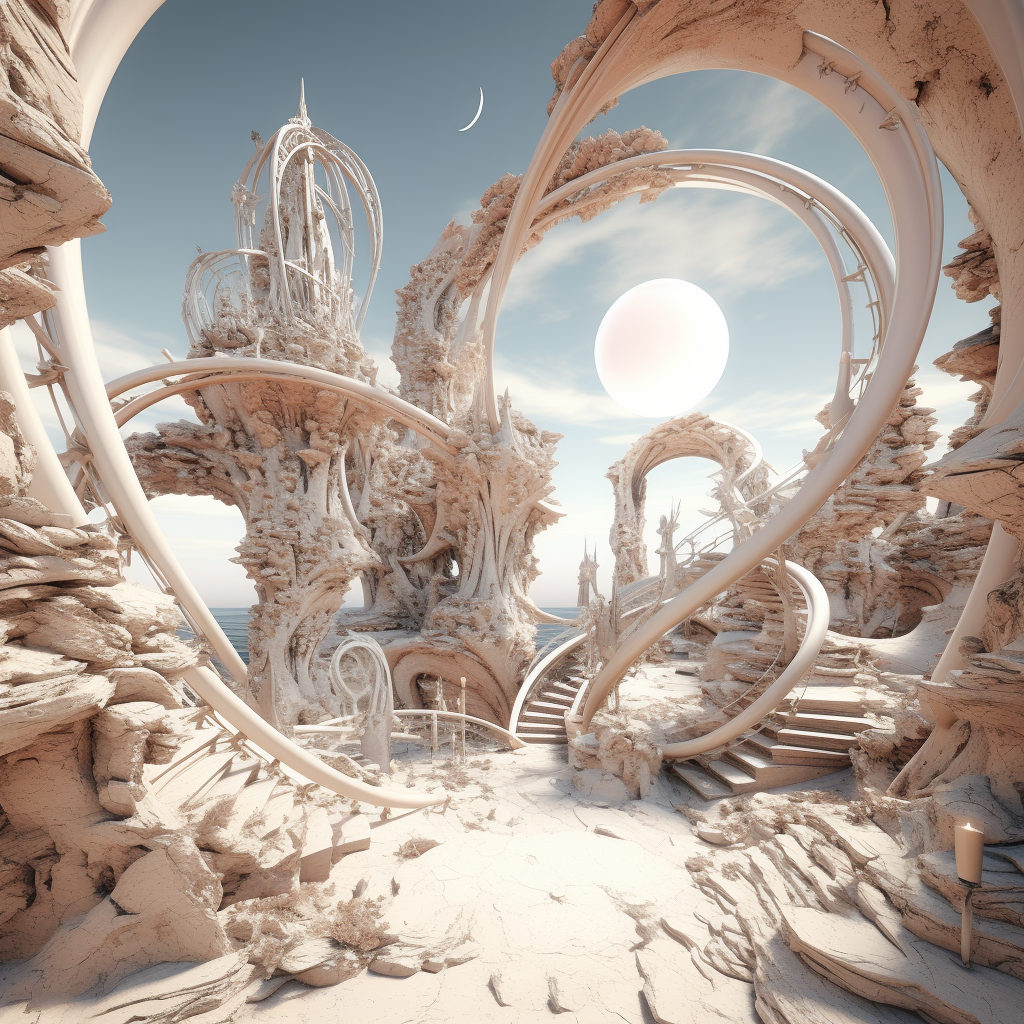Weeknotes 256 - ramping up for synthetic realities

Hi, y’all! This feels a bit weird. As I am on a holiday break till the end of September, this edition and the one next week are not the usual newsletter, looking back at last week's news. I was thinking, though that it would be nice to send a minimal version with the events that I already found and share an academic paper from the longlist I keep.
At the moment of typing, the first reflections on yesterday's Apple event are in. I think that the general feeling is that it was not so extreme update but, nevertheless, a solid one. In times of peak iPhone, the improvements are incremental, and we are all waiting for the big watch update of course.
What is always interesting to pay attention to with these updates in the last years is what is presented ‘between the lines’ in little software or small new features. I was thinking about two.
First, the double tap function with the watch to select without touching the screen. As John Gruber mentioned, indeed, a possible important new feature like swiping turned out to be. For me, it is also very much related to the new spatial interactions that will be introduced as offset of the Vision Pro next year. You might expect more features to contribute to that spatial interaction feeling. Tapping to select in that virtual synthetic space with our fingers might support the whole shift.
Same for another feature that looks quite minor but has a fundamental touch to it: the portrait metadata that is carried along all pictures with people on it. You apparently don’t have to bother in advance if you like that type of image anymore. We had a camera years ago that did the same. The Lytro. That took many pictures with different focal points, and you could choose which one you liked best afterwards. That was kind of straightforward. What this new meta portrait function is doing, imho, is being more honest than ever that photography on your phone is computational for a start. It makes us even more aware and accepted that we are recreating a synthetic reality of the world we capturing and reliving. This can also be a subtle mind-shift towards starting to live in that synthetic vision we rapidly heading to.

There is one other thing that is interesting on the introductions that was introduced a bit silent: thread radio in the iPhone. Ramping up for more smart home in the future? Or the replacement of Bluetooth? The Verge reflects on it.
Events on the list
- 19 September; London IoT meetup
- 19 September; Prompts, prototypes en pulp, Amsterdam
- 20 September; Sensemakers Amsterdam Seeed Studio Workshop
- 21 September Data Dilemmas, Amsterdam
- 21 September, NEXT conference, Hamburg
- 21, 22 September, The Things Network conference, Amsterdam
- 22 September, an MIT lunch lecture (dinner for us) on computational typography, organised by Vera van de Seyp
- 23 September; touring the datacenters with The Hmm
- 26, 27 September IoT Tech Expo
Paper for the week
I just saw a podcast with Kevin Slavin popping up, in conversation with Douglas Rushkoff on microbial sensing. I need to listen to it, but I have good memories to the sharp observations of Kevin in an earlier stage of internet developments in the early 2010s, on algo trading, and second layers of reality.
I looked up if he had published a paper lately as he turned towards academics years ago, and this is a nice one on Design as participation; you’re not stuck in traffic, you are traffic.
The hypothesis is that most designers that are deliberately working with complex adaptive systems cannot help but be humbled by them. Maybe those who really design systems-interacting-with-systems approach their relationships to said systems with the daunting complexity of influence, rather than the hubris of definition or control. The designers of complex adaptive systems are not strictly designing systems themselves. They are hinting those systems towards anticipated outcomes, from an array of existing interrelated systems. These are designers that do not understand themselves to be in the center of the system. Rather, they understand themselves to be participants, shaping the systems that interact with other forces, ideas, events and other designers. This essay is an exploration of what it means to participate.
Slavin, K. (2016). Design as participation. Journal of Design and Science, 1(1).
Link (PDF)

